A well-implemented Houston pressure sensor solution can transform a price-sensitive Houston deals toothbrush from a commodity into a compelling value SKU. By embedding reliable pressure sensing, even a deal-focused brush can deliver safer cleaning, lower return rates, and measurable user benefits — all of which matter to distributors, retail buyers and co-brand partners in the Houston market. Below we outline the engineering choices, commercial advantages, testing expectations and go-to-market levers that let pressure sensor tech drive real B2B value for high-volume deal toothbrushes.
First and foremost, pressure sensors solve a common consumer pain point: over-brushing. Excess force causes gum recession and wear, which leads to complaints and returns. Thus, adding a Houston pressure sensor to a Houston deals toothbrush:
Consequently, retailers see fewer RMAs and higher sell-through, while buyers get a competitively priced brush with a provable safety benefit.
Not all pressure sensors are equal. For deal SKUs, choose components balancing cost and reliability:
Moreover, modular sensor assemblies simplify assembly lines and spare parts for OEMs.
Raw sensor data must become actionable signals. Key software decisions include:
As a result, users experience immediate corrective cues rather than cryptic warnings — increasing adoption and reducing misuse.
Integrating pressure sensing needn’t make a deal brush expensive if approached smartly:
Therefore, with careful BOM planning, pressure sensor functionality can be added with modest incremental cost while protecting battery life and margins.
Retail buyers require validation. For a Houston deals toothbrush with Houston pressure sensor claims, provide:
These deliverables speed retailer approvals and support merchandising claims that convert.
Finally, use pressure tech to drive commercial outcomes in Houston and similar regional markets:
Consequently, pressure sensor tech doesn’t just improve the product — it changes how the product is sold and perceived at scale.
In short, integrating a Houston pressure sensor into a Houston deals toothbrush is a high-impact strategy: it improves safety, reduces returns, and creates merchandising differentiation without requiring premium pricing. For OEMs and B2B partners, the win is clear — designers should focus on robust sensor choice, lean firmware, validation data, and retailer-ready materials to turn a deal SKU into a volume winner with sustainable margins.
If you’d like, I can draft: (A) a sample sensor BOM and PCB block diagram for your engineers; or (B) a retail factsheet and demo script tailored for U.S. mass-market buyers. Which would you prefer? Contact us
-300x300.jpg)
-300x300.jpg)
.jpg)
Is an LA affordable toothbrush available at LA store toothbrush locations?
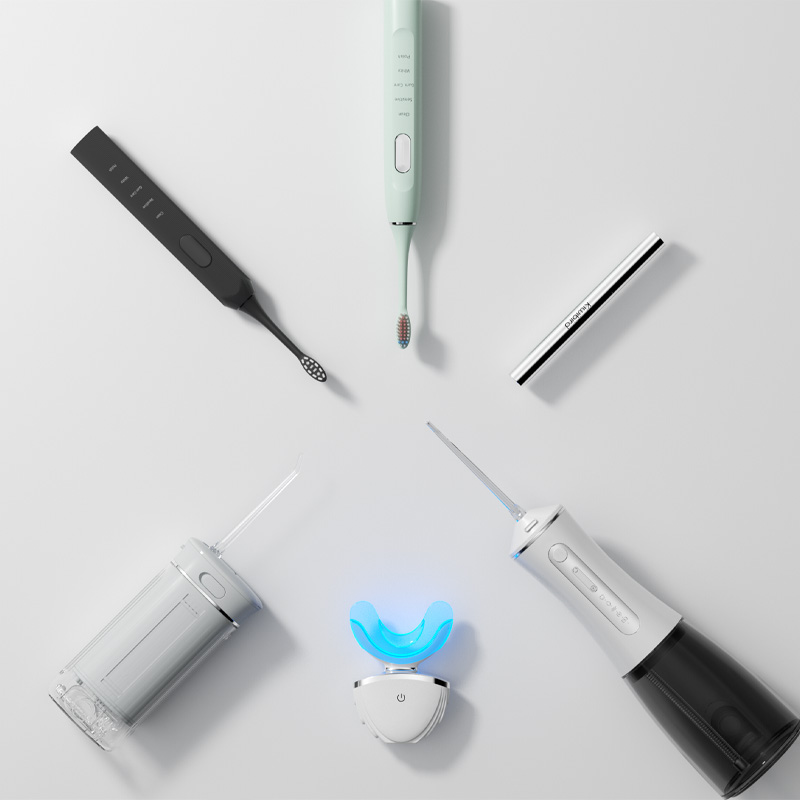
Where to Find Orlando Deals Toothbrush for Orlando Travel Toothbrush?
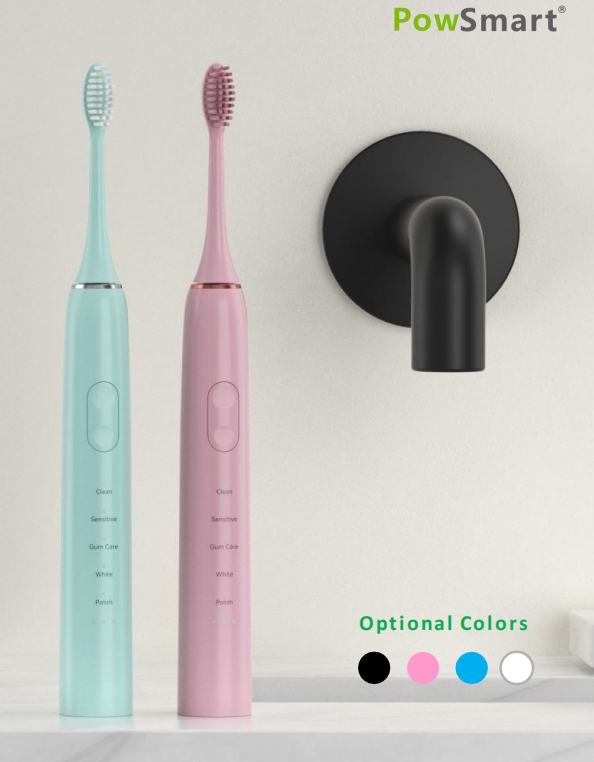
Is Long Battery Life Reliable?
Professional-Grade Electric Toothbrush for Clinics – Reliable OEM Equipment for Dental Practices
.jpg)
sonic electric toothbrush Tacoma
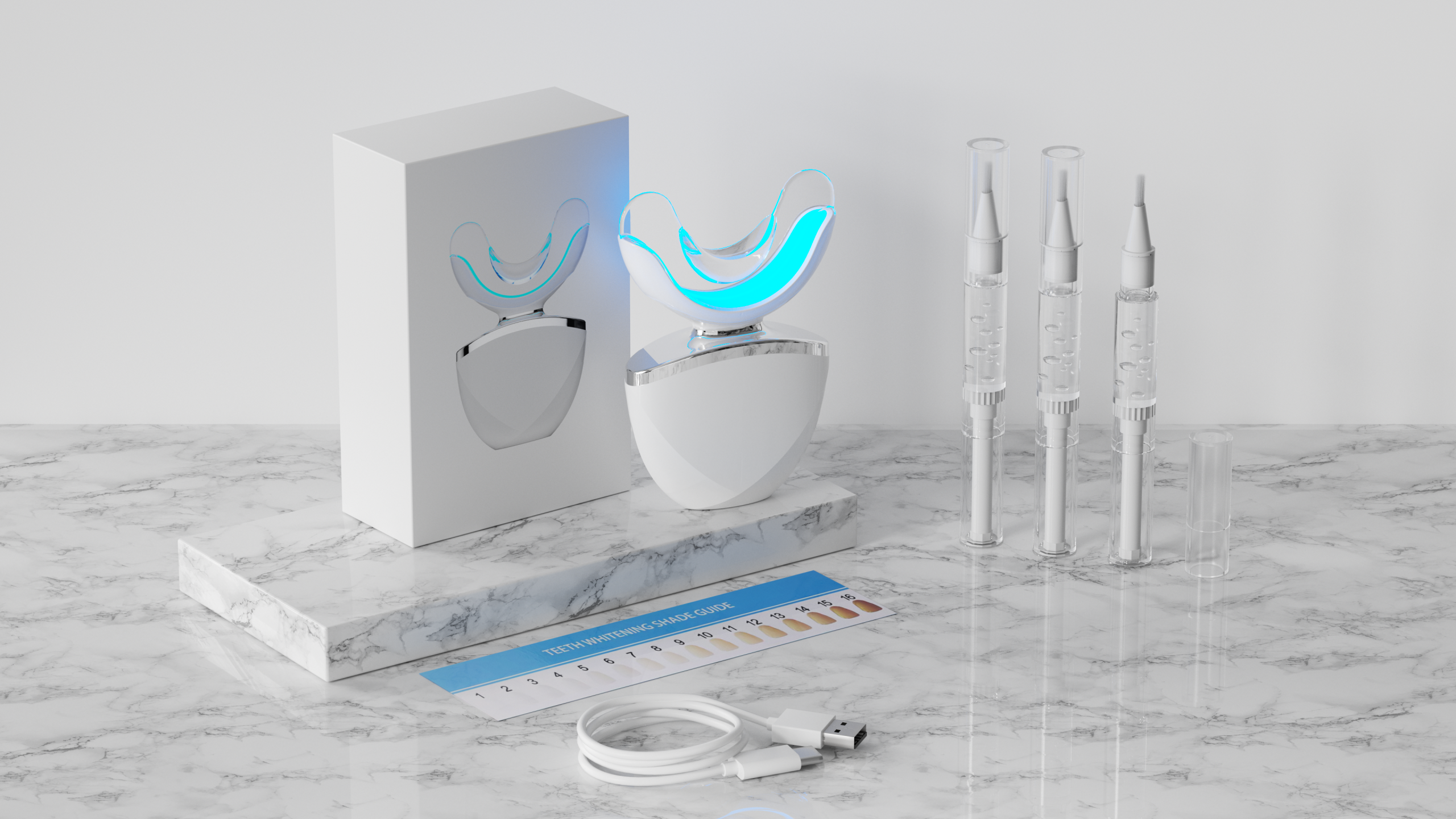
Does Toothbrush Mold Customization Accelerate Your Toothbrush Prototype Development Process?
.jpg)
Florida Electric Toothbrush – Powsmart PTR-C8 for Humid Climates
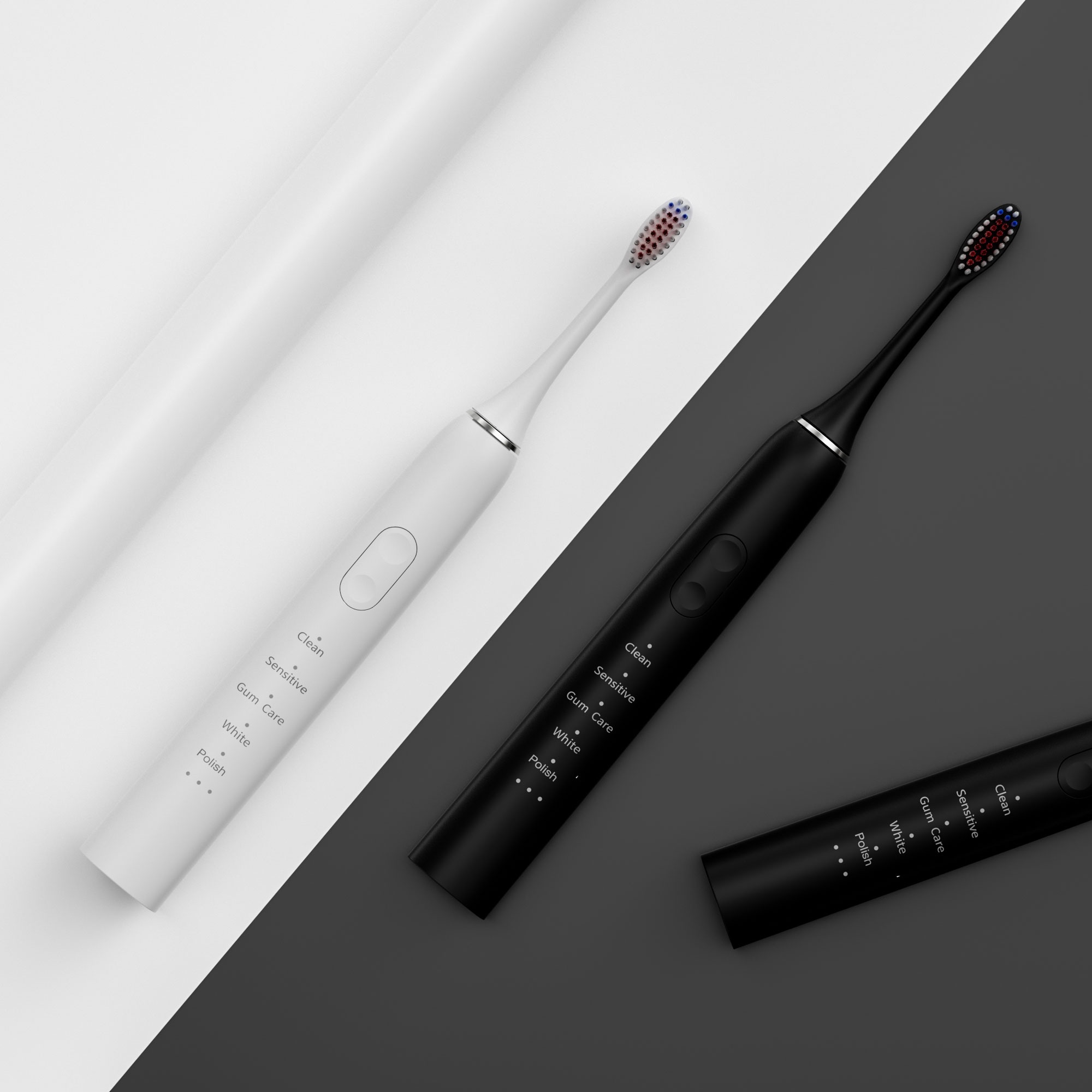
What types of batteries are currently available for electric toothbrushes?

Cutting-edge tech makes us apart from other electric toothbrush manufacturers
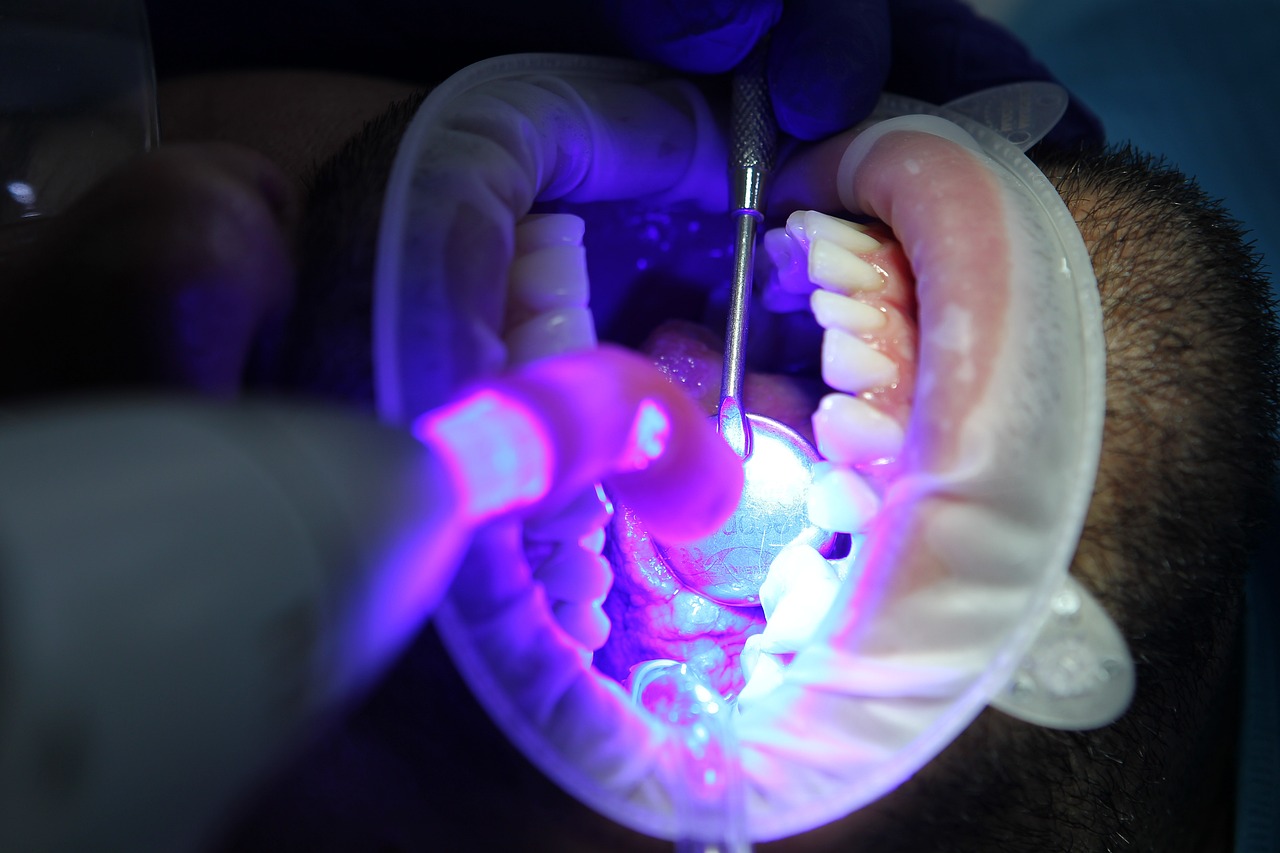
How to Start a Teeth Whitening Business
Travel Electric Toothbrush with Case – Compact & Rechargeable B2B Supply
.jpg)
California Waterproof Toothbrush – Powsmart PTR-C8 for Beach Lifestyle
.webp)
Choosing a Smart Toothbrush Manufacturing Partner?

How Does an NYC quiet toothbrush Work as an NYC apartment toothbrush?
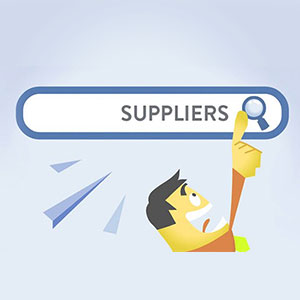
Is a Texas travel toothbrush with a Texas tax-free advantage — worth it?
.jpg)
Dallas Electric Toothbrush Private Label Services Including Custom Packaging

Customization Teeth Whitening Gel

Private Label Whitening Gel

electric toothbrush heads Deep Clean
.jpg)
Florida Electric Toothbrush – Powsmart PTR-C8

electric toothbrush heads Charcoal Infuse-Round

Electric toothbrush heads Charcoal Infused-Diamond

electric toothbrush heads Regular Clean

electric toothbrush heads Ultra Soft
whstapp
whstapp
National Toll-Free Service Hotline
+86 755 86238638